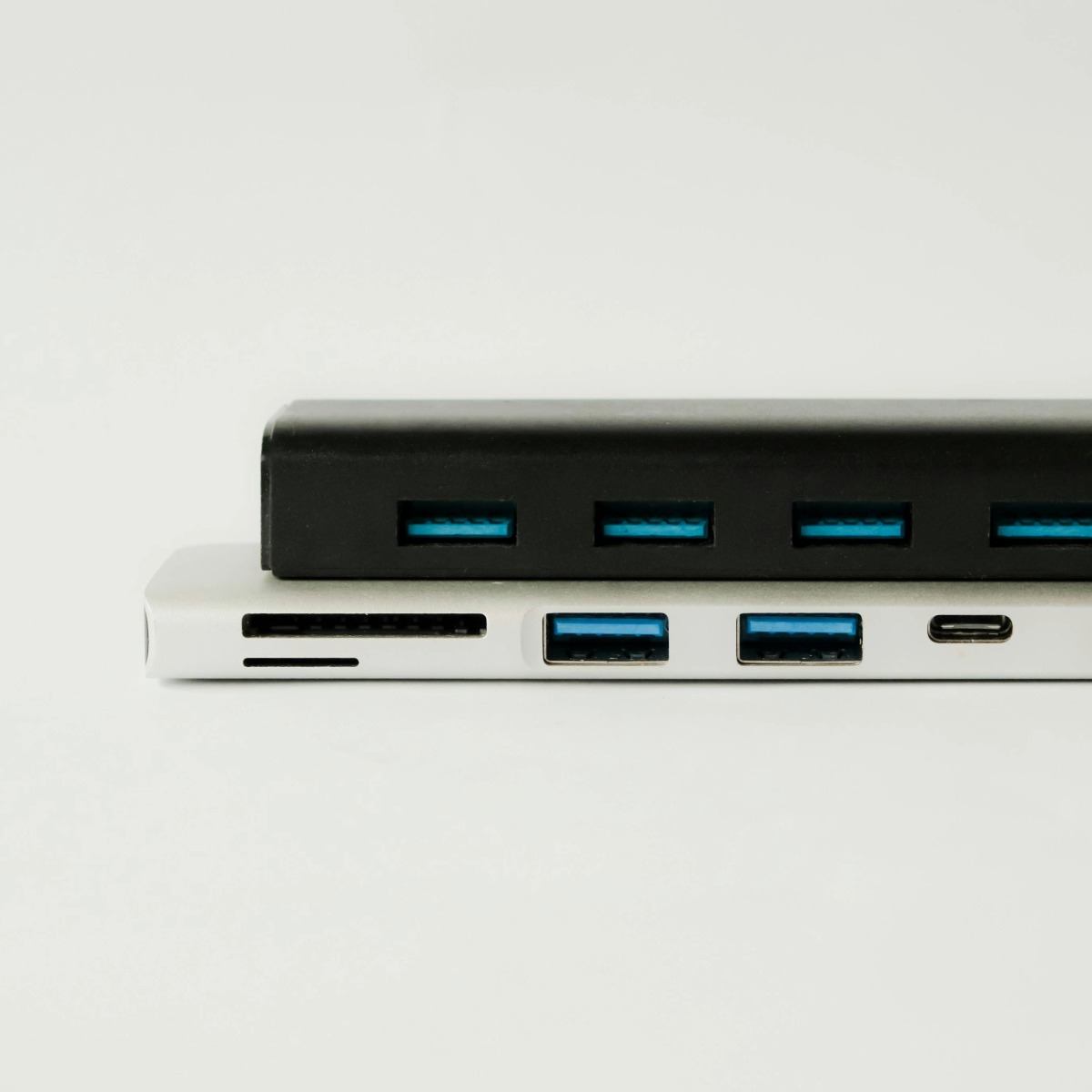
Trillium – Improving heating control and stability across multiple buildings
Trillium, a global flow control specialist, wanted to reduce energy costs and carbon emissions across its UK site. By installing an integrated energy control system, we delivered improved temperature stability, full remote visibility, and 23% energy savings within the first winter season.


23 %
Savings delivered
18
Month payback period
Context
Trillium Flow Technologies operates across sectors including power generation, water, mining, and manufacturing. At their UK facility, the heating system had become inefficient, with sensors placed incorrectly, roller doors left open during operation, and ageing control equipment causing inconsistent performance.
With gas prices due to rise, the business set clear goals: cut energy use, lower costs, and bring heating schedules in line with operational hours across multiple buildings. Remote access and better control were key priorities.
During our initial survey, we identified a combination of radiant tube heaters across three buildings and a single warm air blower – all requiring coordinated control to achieve meaningful results.
Solution
We installed an energy control system to give Trillium a single point of control for all heating equipment on site, accessible locally and remotely via any internet-connected device.
Each heater was fitted with a suitable local sensor – primarily black bulb sensors, ideal for radiant heating – to ensure accurate temperature readings and responsive operation.
Door sensors were also installed near roller shutters, automatically pausing heating when doors were open to prevent wasted energy.
The new control setup allowed the team to manage temperature, scheduling, and performance data across all areas from one interface, replacing outdated, disconnected systems.
Impact
After installation, the site gained full oversight of heating performance, with energy use becoming far more consistent and predictable month to month.
Our post-winter review factoring in degree days analysis showed 23% energy savings, exceeding the forecasted 20%, and achieving the estimated 18-month payback.
Beyond the numbers, the system gave Trillium the control and visibility they needed to run heating efficiently across multiple buildings – cutting waste while supporting their wider carbon reduction goals.
Get in touch
Ready to power possibility, together?

